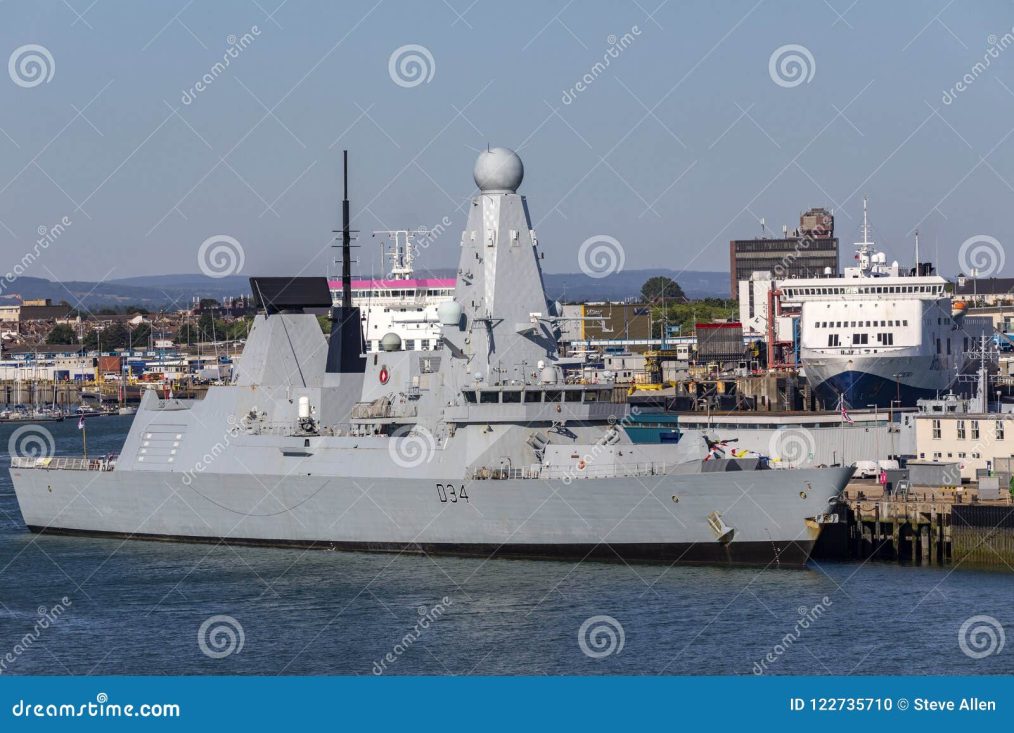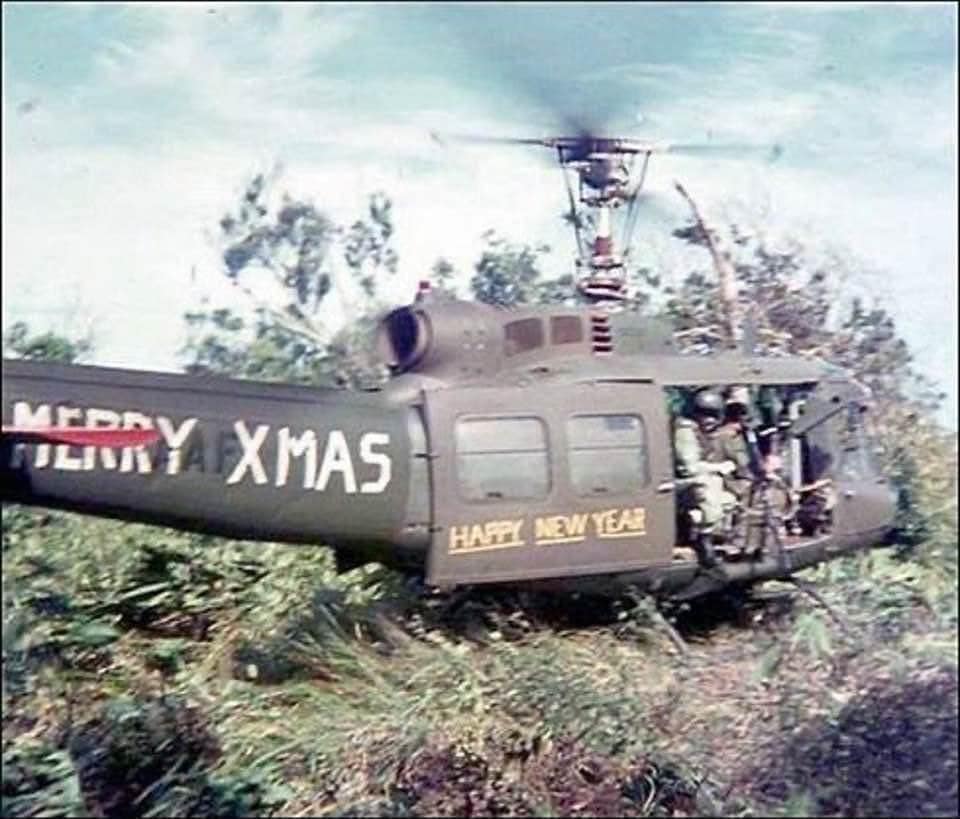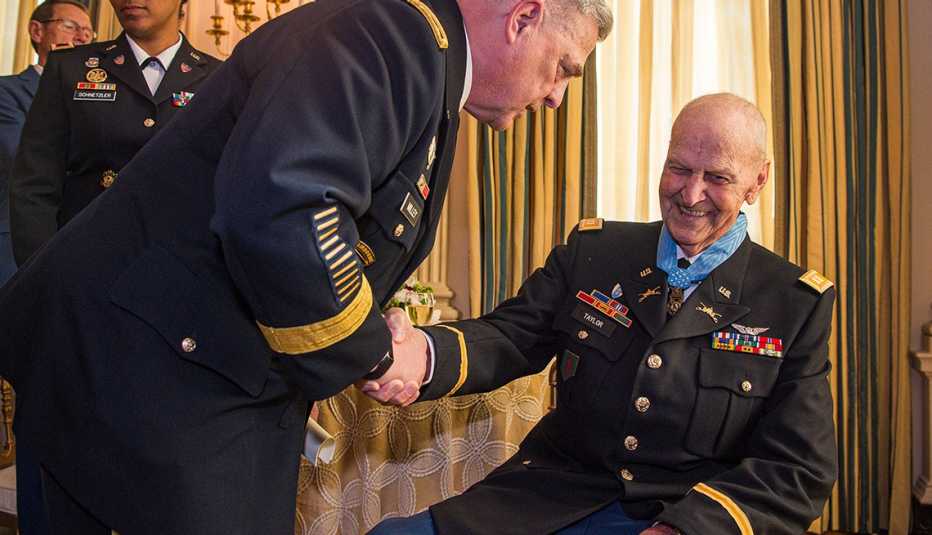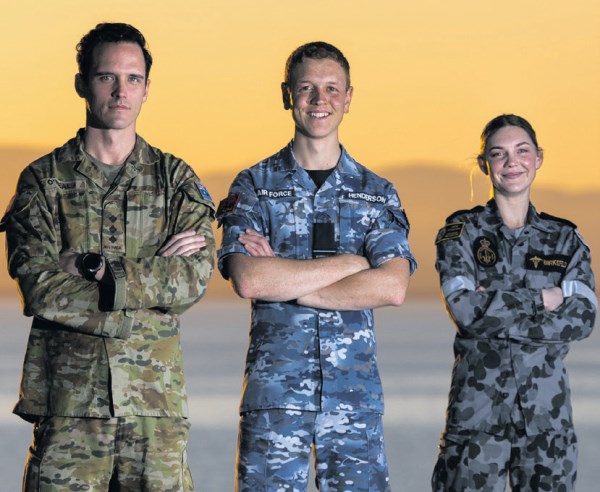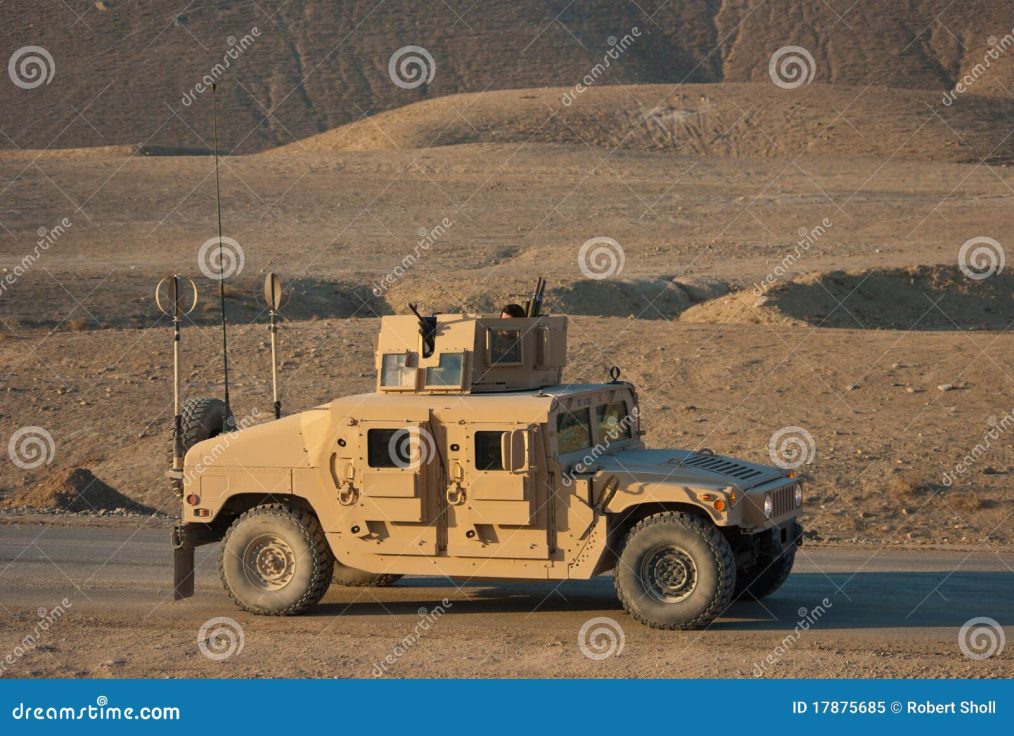Picture: Army Capt. Larry L. Taylor shakes hands with Army Gen. Mark A. Milley, chairman of the Joint Chiefs of Staff, after receiving the Medal of Honor at the White House in September. HENRY VILLARAMA/U.S. ARMY
In a rare and unprecedented turn of events, a song played a pivotal role in the awarding of the Medal of Honor at a White House ceremony in September. Captain Larry Taylor, an 81-year-old former U.S. Army officer and helicopter pilot, received the prestigious decoration for his courageous actions during the Vietnam War, specifically on the night of June 18, 1968.
Taylor’s bravery, flying his AH-1G Cobra helicopter gunship out of the Phu Loi base camp north of Saigon, was immortalized in the song “No Man Left Behind.” Written by Taylor himself two years ago in collaboration with professional songwriters Steve Dean and Don Goodman, founders of the organization Freedom Sings USA, the song served as a therapeutic outlet for veterans dealing with combat-related trauma through music and writing.
Steve Dean had the honour of singing Taylor’s words at the White House ceremony, capturing the essence of the harrowing experience: “Four men were surrounded, outnumbered and outgunned… Looking back on that day, we were in the hands of God… Looking back on that war, they wouldn’t let us win, If I could do it over, I’d do it all again.”
One of the four men rescued by Taylor that fateful night, Dave Hill, now 75 and residing in Nevada, shared the incredible tale of Taylor’s courage under intense fire from Vietcong forces. Disobeying orders to return to base, Taylor risked his life for a long-range reconnaissance patrol (LRRP) surrounded by the enemy and out of ammunition.
Hill, attending the White House ceremony, recounted, “I think he perfectly captured the experience in the song. In just three minutes, he tells the story not just of what was done, but why it was done.” Hill, a strong advocate for Taylor’s recognition, joined Freedom Sings to support the campaign to upgrade Taylor’s Silver Star to a Medal of Honor.
The song, encapsulating Taylor’s heroic actions, gained widespread attention with over 100,000 views on YouTube. Interviews with Taylor conducted by Freedom Sings executive director Bobbie Allison-Standefer further contributed to the campaign’s success.
Started in 2012, Freedom Sings has become a nationwide initiative with chapters in Arkansas, Colorado, Tennessee, and beyond. The organization, founded by accomplished songwriters Goodman and Dean, provides a platform for veterans to express their experiences through music. Over 700 songs have been recorded and released to date.
“It’s vet-to-vet therapy,” explained Allison-Standefer, emphasizing the ongoing support provided to veterans. The organization conducts weekly online Zoom classes, in-person meetings, and special retreats, bringing together veterans from different eras.
At the White House ceremony, a frail Taylor, battling the last stages of cancer, was visibly moved. The lyrics of the song had to be adjusted that day to reflect the Medal of Honor, replacing the reference to the Silver Star. As Dean sang, “They awarded me the Medal of Honor, but I was just doin’ my job, the things that I did that day are always on my mind.” The ceremony marked not only Taylor’s recognition but also the extraordinary impact of a song in honouring a hero’s selfless actions.




